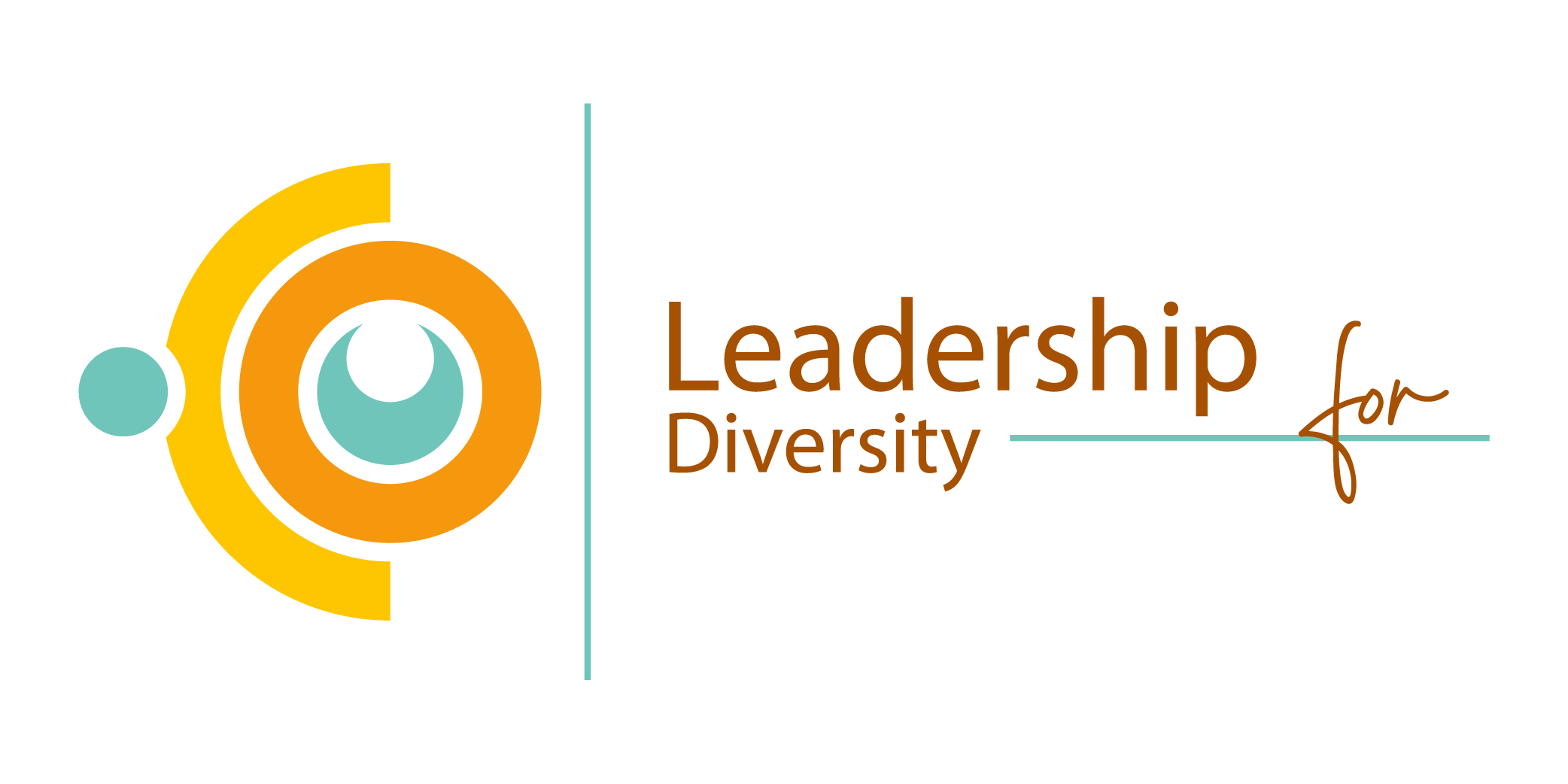Participants begin by engaging with pre-assigned reading material (Van Wessum, L. (2023). Leadership for inclusive education. ESHA Magazine, September 2023) that outlines the key concepts and practices of leadership for inclusive education. This reading is intended to set the theoretical foundation and prepare participants for a more practical examination of their own leadership styles.
Using the “Leadership for Inclusive Education: Assessment for Learning Tool,” participants pair up to engage in a structured reflection of their current practices. This tool helps them identify their strengths and areas for growth across three crucial areas: developing the quality of teachers, creating a safe environment, and fostering communities of learners. Each participant selects specific questions from the tool to guide their discussion, allowing for a personalised and relevant dialogue.
After the pair discussions, participants regroup to share their reflections and learnings. This collective session focuses on synthesising the insights gained and discussing how these can be applied to enhance their leadership effectiveness. The facilitator guides this discussion, using the model of professional growth to help participants visualise their development path and plan further actions to advance their inclusive leadership practices.
